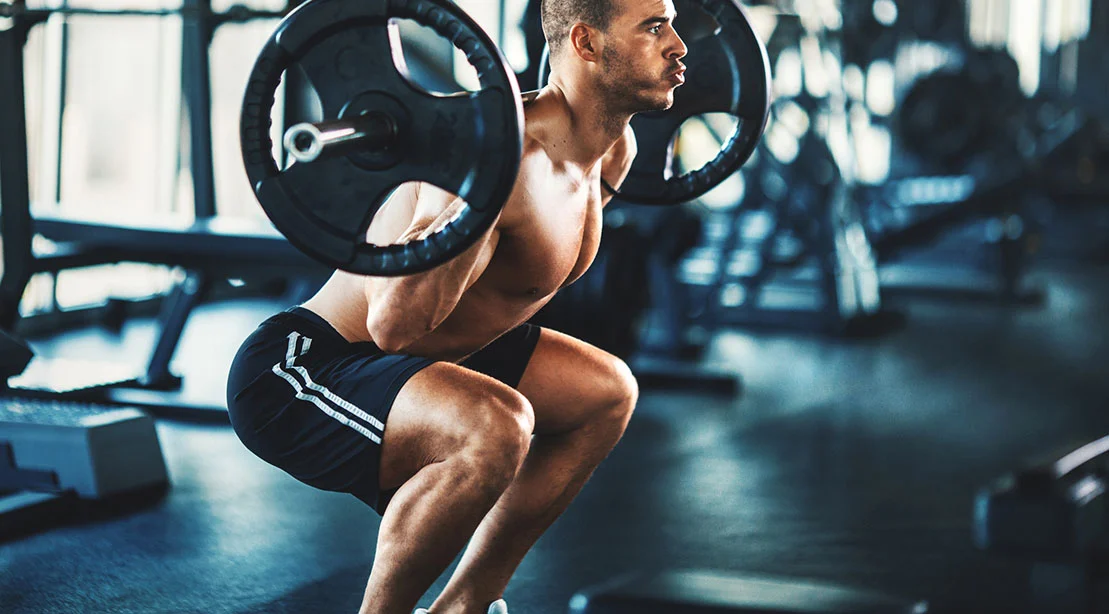Health
Top Tips and Techniques for Getting the Most Out of Your Squat Training

Whether you’re an experienced lifter or brand new to strength training, squats are one of the most effective exercises to improve your overall fitness and build strength.
However, they can also be a challenging exercise to master. Luckily, plenty of tips and techniques will help you get the most out of your squat training.
Keep Your Chest Up
The most important thing to do when squatting is to keep your chest up and shoulders back. It helps keep your spine in a neutral position, which will help you avoid any injuries and maintain proper form throughout the squat movement.
It is a technique that you can practice every time you do squats with your deadlift trainer. It can take some time to get used to, but if you are consistent with it, you will notice an improvement in your posture and overall strength.
Another way to prevent your chest from falling forward is to avoid looking down at the ground. It is tempting to glance down and see how squats are going, but it’s not helpful.
Keep Your Head Down
The head can cause issues when squatting if it isn’t positioned correctly. In particular, many people tend to have their heads tilt up and backwards when squatting. It can lead to poor alignment in the hips and back. It can also strain the knees, shoulders, and neck unnecessarily.
Keeping your head down is essential when squatting because it helps to maintain a neutral neck position, which prevents excessive forward trunk flexion and injury to the spine. Additionally, it allows you to focus on your form during the exercise and ensure that your bar is directly over the mid-point of your foot as you squat down.
It would be best always to squat down until your knees are almost parallel with the floor, then press your knees outward and keep them aligned with your feet as you squat down to complete the movement.
A squat is an incredibly effective compound exercise that engages all major muscle groups. You should perform squats at least twice a week to benefit from this workout.
Keep Your Back Straight
Keeping your back straight is one of the most important things you can do when squatting. It is the most effective way to prevent injury and improve your form.
Overarching your back by pulling your hips forward can also cause herniated discs, so keeping your spine neutral during squats is best.
Your body type determines your best back angle during a Squat. People with long thighs and short torsos lean more forward and need to maintain more of a vertical line over their mid-foot.
Lastly, don’t look up during your Squats. Looking up can cause neck pain and injury. It is especially dangerous if you’re already experiencing neck problems.
Keep Your Knees Together
Squats are among the most powerful exercises for developing leg strength and core stability. However, if you are not working on a good squat technique, you can place a lot of strain on your knees and risk injury.
It is a common problem among novice squatters. When squatting, the knees should be straight and aligned with the toes. If the knees bend inward during the squat, this is known as valgus collapse and can result in knee injuries, such as patellar tendonitis.
Keeping the knees straight is especially important for beginners because it ensures they don’t push the hips and legs outwards as they lower into the squat. When the knees bend inward, the femur and tibia will be loaded more than the quadriceps during the squat.
Another reason to keep the knees straight is to prevent a rounded back. Rounding your back during a squat can lead to spinal misalignment and shear forces on the vertebrae.
To avoid a rounded back, try squatting with heels slightly higher than your toes. You can also use a foam pad to challenge your balance and stability.
You can also improve your squatting by strengthening the muscles of your glutes and hip rotators. You can do these exercises as part of a warm-up or add them to your squat training.
Keep Your Feet Flat
Keeping your feet flat when squatting is essential in maintaining proper form and preventing injury. Pointing your toes outward or inward will make the exercise more difficult and can lead to extra knee strain.
It is also essential to keep your feet close to hip-width apart and to press through the heels during the squat. It will improve balance and force production, as well as increase your strength and power output.
If you have a limited range of motion in your ankles, you may need to use an elevated-heel squat to ensure that your feet stay flat throughout the movement.
Keep your feet as close to flat on the ground as possible by shortening your stance or placing a resistance band around the bottom of your feet. Looping the band around your feet will act as an anchor, helping you keep your heels down and maintain proper form during squats.
Squats are an excellent exercise for developing muscle strength, building joint stability, and reducing the risk of injury. However, you should always be aware of the different factors that can contribute to injuries during this exercise, so it is essential to modify your training routine accordingly.
-
Blog1 year ago
MyCSULB: Login to CSULB Student and Employee Portal – MyCSULB 2023
-
Android App3 years ago
Cqatest App What is It
-
Android1 year ago
What Is content://com.android.browser.home/ All About in 2023? Set Up content com android browser home
-
Software2 years ago
A Guide For Better Cybersecurity & Data Protection For Your Devices
-
Latest News2 years ago
Soap2day Similar Sites And Alternatives To Watch Free Movies
-
Android2 years ago
What is OMACP And How To Remove It? Easy Guide OMACP 2022
-
Android3 years ago
What is org.codeaurora.snapcam?
-
Business2 years ago
Know Your Business (KYB) Process – Critical Component For Partnerships





















